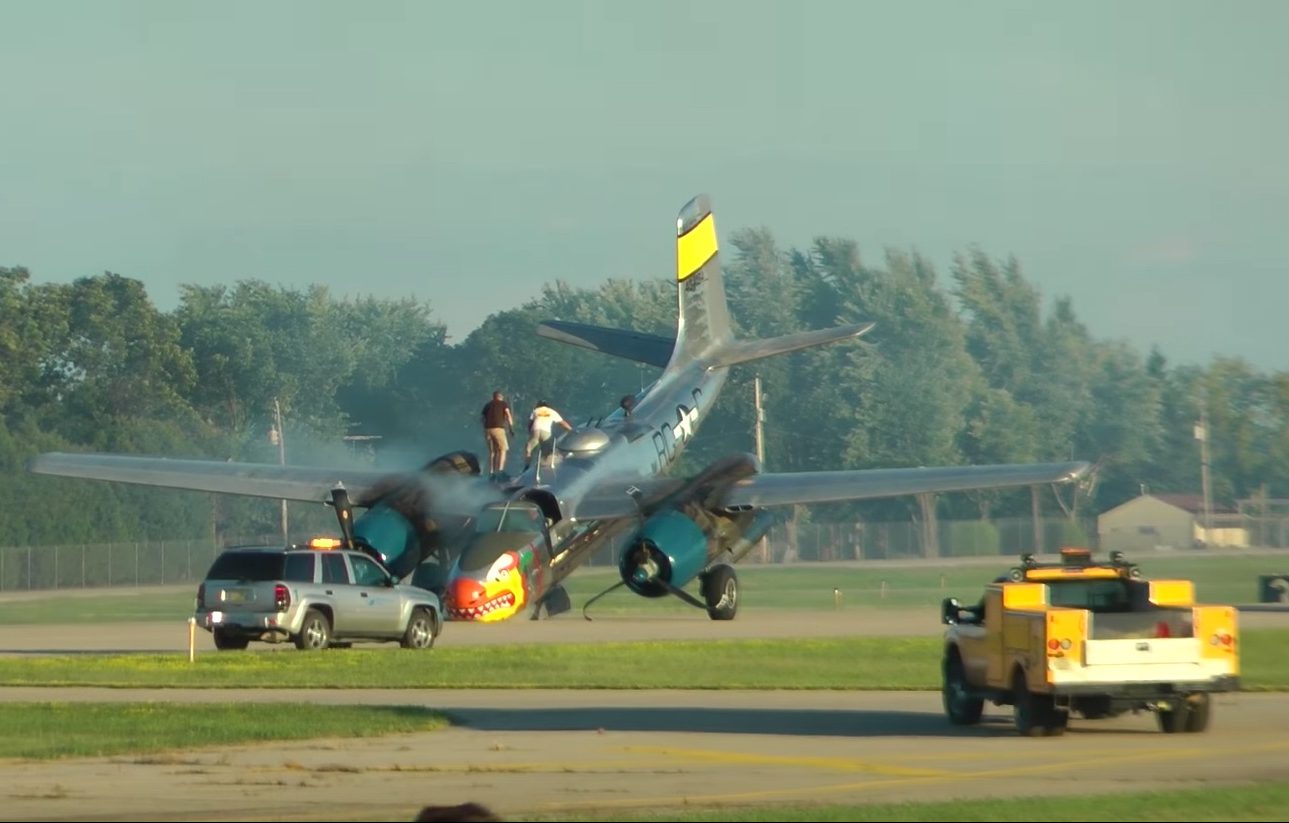

BCATP remains as one of the single largest aviation training programs in history and was responsible for training nearly half the pilots, navigators, bomb aimers, air gunners, wireless operators and flight engineers who served with the Royal Air Force (RAF), Royal Navy Fleet Air Arm (FAA), Royal Australian Air Force (RAAF), Royal Canadian Air Force (RCAF) and Royal New Zealand Air Force (RNZAF) during the war. It was a massive, joint military aircrew training program created by the United Kingdom, Canada, Australia and New Zealand, during the Second World War. The risk of Luftwaffe attack on training bases in Great Britain coupled with the urgent need for larger numbers of well trained aircrew than the pre-war systems could produce brought about the British Commonwealth Air Training Plan ( BCATP), often referred to as simply "The Plan". Training Initial flight training Ī flight of North American Harvard IIAs from No 20 Service Flying Training School being flown in formation by RAF trainee pilots participating in the Commonwealth Joint Air Training Programme at Cranborne, near Salisbury, Rhodesia 8.3 Suiting up and moving out to dispersal.3.2 Operational aircraft and their crews.2.2 Operational aircraft and their crews.1.2 Operational training and conversion.A memorial in Green Park in London was unveiled by Queen Elizabeth II on 28 June 2012 to highlight the heavy casualties suffered by the aircrews during the war. Therefore, a total of 75,446 airmen (60 percent of operational airmen) were killed, wounded or taken prisoner. Bomber Command aircrews suffered a high casualty rate: of a total of 125,000 aircrew, 57,205 were killed (a 46 percent death rate), a further 8,403 were wounded in action and 9,838 became prisoners of war. In total 364,514 operational sorties were flown and 8,325 aircraft lost in action.

(For more details, see "Aircrew Ages" section below.)

Most aircrew were aged between 19 and 25, although some were as young as 16, and at least one was in his sixties. Of these, 32 were officially non-British units: 15 RCAF squadrons, eight RAAF squadrons, four Polish squadrons, two French squadrons, two RNZAF/"New Zealand" squadrons, and one Czechoslovakian squadron. Likewise many RAF personnel served in Article XV squadrons.Ī total of 126 squadrons served with Bomber Command. While it was intended that RCAF, RAAF, and RNZAF personnel would serve only with their respective " Article XV squadrons", in practice many were posted to units of the RAF or other air forces. Under Article XV of the 1939 Air Training Agreement, squadrons belonging officially to the RCAF, RAAF, and RNZAF were formed, equipped and financed by the RAF, for service in Europe. While the majority of Bomber Command personnel were members of the RAF, many belonged to other air forces – especially the Royal Canadian Air Force (RCAF), Royal Australian Air Force (RAAF) and Royal New Zealand Air Force (RNZAF). The crews were men from the United Kingdom, other Commonwealth countries, and occupied Europe, especially Poland, France, Czechoslovakia and Norway, as well as other foreign volunteers. The aircrews of RAF Bomber Command during World War II operated a fleet of bomber aircraft carried strategic bombing operations from September 1939 to May 1945, on behalf of the Allied powers.

RAF recruitment poster featuring the Handley Page Halifax.


 0 kommentar(er)
0 kommentar(er)
